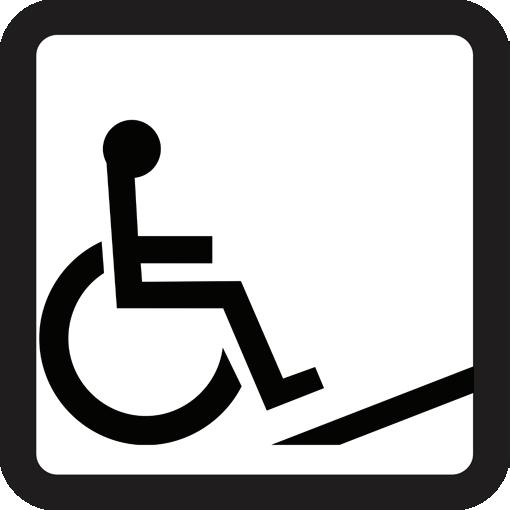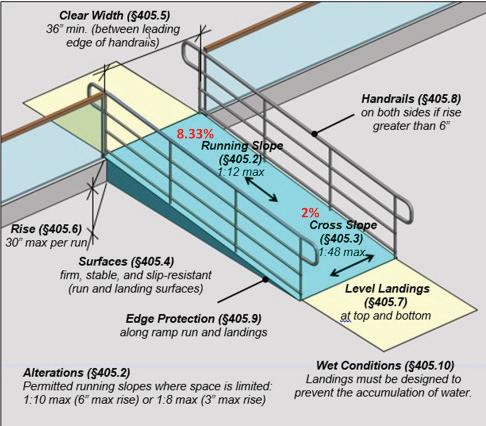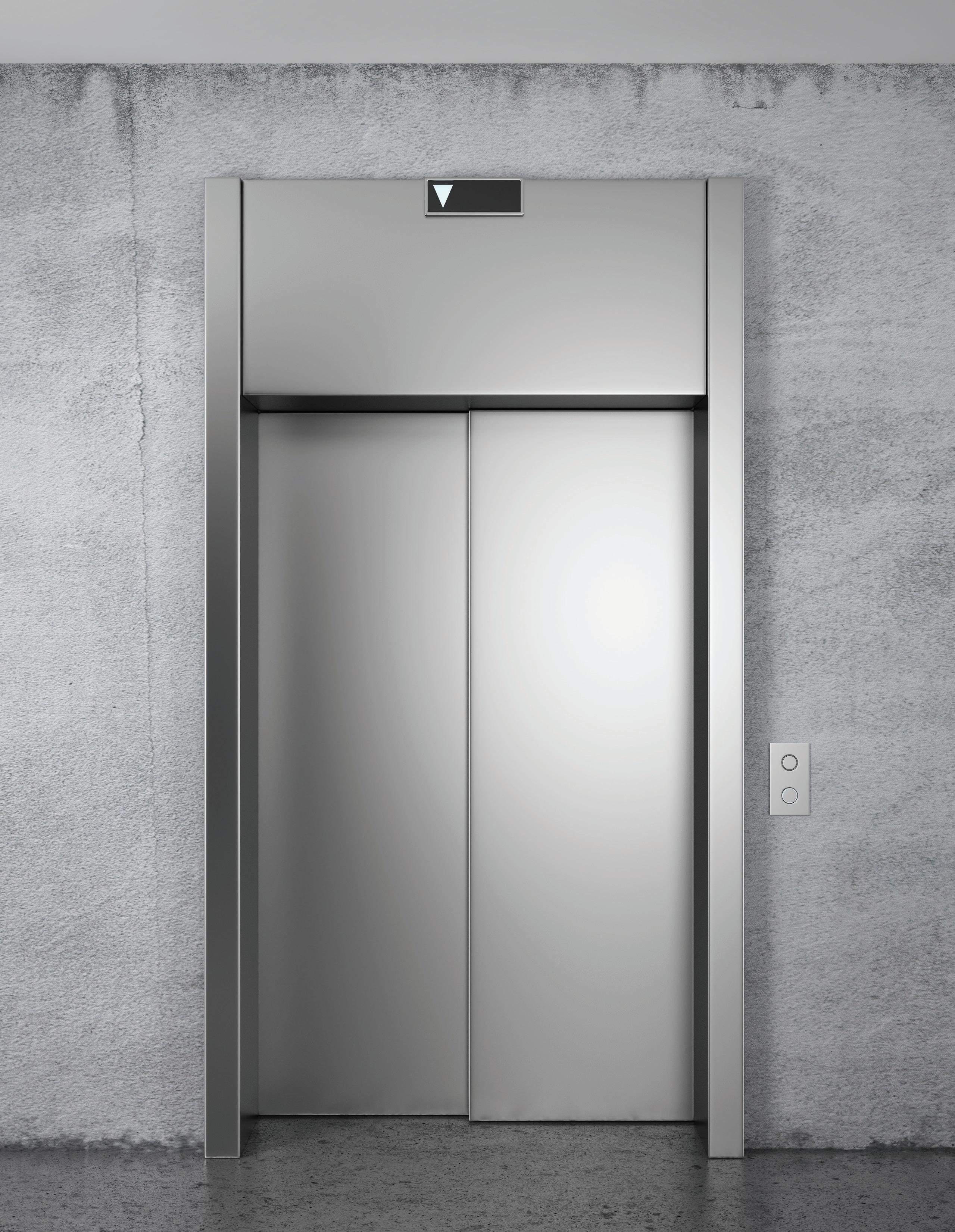
4 minute read
Elimination of Architectural Barriers at a glance
Statutes: Chapter 469, Government Code Rules: Title 16 T.A.C. Chapter 68 Practice Act? No Number of Licensees: 21,971 (FY 20) Title Act? No Inspections? Yes
Overview: The Elimination of Architectural Barriers (EAB) law is meant to ensure that buildings and facilities constructed or altered in Texas are accessible and functional for all persons with disabilities. The statute requires compliance with the Texas Accessibility Standards (TAS).
The EAB law is intended to further the state’s policy of encouraging and promoting the rehabilitation of persons with disabilities, and to eliminate unnecessary barriers that restrict their ability to engage in gainful occupations or to achieve maximum personal independence.
Project Registration & Review Projects with total estimated costs of $50,000 or more must be registered with TDLR. A full set of construction documents must be submitted to a Registered Accessibility Specialist (RAS) for review in accordance with Texas Administrative Code Rule 68.50.
If a project’s total estimated cost is less than $50,000, the project is not required to (but may) be submitted to TDLR for registration and review; however, depending on the type of project, it may still be required to comply with the Texas Accessibility Standards. A local jurisdiction or building official may require project registration even if the project cost is less than $50,000.
For determinations of whether a facility is subject to compliance with the Texas Accessibility Standards, please see Chapter 469, Government Code, Section 469.003, and Chapter 68, TDLR Administrative Rules, Sections 68.20 and 68.30. You may also contact a TDLR program specialist by calling toll free at (877) 2780999 or by sending your inquiry via e-mail to techinfo@tdlr.texas. gov. If you are a member of the news media, please send your inquiry to the Media Relations Office (media.inquiries@tdlr.texas. gov) for prompt response.
Type of Fee
Project Filing Fee Late Project Filing Fee State Lease Inspection (no construction) Fee
Special Review or Inspection
Amount
$175 $300 $225 per lease
$215 per hour, one hour minimum
Variance Application Fee $175 each
Variance Appeal Fee $200 Texas Accessibility Academy Fee $150
History The Elimination of Architectural Barriers law was passed in 1969 and became effective Jan. 1, 1970. Enforcement of the law went through various agencies – the State Building Commission, the State Board of Control, the State Purchasing and General Services Commission – before finding its current home, the Texas Department of Licensing and Regulation, in 1991.
Landmark dates for the EAB program: ● January 1970 — Publicly owned buildings (libraries, schools, city halls, the State Capitol, etc.) had to be accessible ● January 1972 — State leased offices had to be accessible ● January 1992 — Privately owned public buildings (stores, theatres, service shops, recreation facilities, hotels, etc.) had to be accessible ● September 1993 — Facilities affecting commerce (warehouses, factories, etc.) had to be accessible
The Elimination of Architectural Barriers Advisory Committee has 9 members serving staggered 3-year terms. The committee is composed of building professionals and persons with disabilities who are familiar with architectural barriers problems and solutions. Persons with disabilities must make up a majority of the membership.
RAS Registration Fee Application for Certificate of Registration $300 Registration Renewal $250
Registered Accessibility Specialist A person seeking TDLR certification as a Registered Accessibility Specialist (RAS) must meet the following minimum qualifications: ● any one of the following: • a degree in architecture, engineering, interior design, landscape architecture, or equivalent, and a minimum of one year of experience related to building inspection, building planning, accessibility design or review, accessibility inspection, or equivalent; or • eight years of experience related to building inspection, building planning, accessibility design or review, accessibility inspection, or equivalent; or • four years of experience related to building inspection, building planning, accessibility design or review, accessibility inspection, or equivalent, and certification as an accessibility inspector/plans examiner granted by a model building code organization; • complete the application and pay all required fees; and ● pass an examination approved by the department.
A RAS is hired by a building owner to perform plan reviews or inspection services to verify compliance with the Texas Accessibility Standards. They will then issue reports of their findings to the owner and TDLR.
TABS, Texas Architectural Barriers System TABS is the online system used to register construction projects with TDLR. The system also allows a RAS to update project information and project status. Professionals, owners and others who plan to register a project must sign up online as a TABS user. To access TABS, go to www.tdlr.texas. gov/tabs Resources and materials at your fingertips! Publications available on the EAB web page include, among many more, the following: ● Texas Accessibility Standards, (2012 and 1994) ● Chapter 469, Government Code, Elimination of Architectural Barriers Act, (the EAB Law) ● EAB Administrative Rules, 16 Texas Administrative Code, Chapter 68 ● RAS Procedures ● Project Data Search ● Search RAS Licensees ● Frequently Asked Questions ● EAB Advisory Committee ● Check out the EAB Web page at https://www.tdlr.texas.gov/ab/ab.htm
Texas Accessibility Academy The Texas Accessibility Academy is a two-day comprehensive study of the Elimination Architectural Barriers (EAB) program law, administrative rules, and the 2012 Texas Accessibility Standards (TAS). Presented by staff from TLDR’s Architectural Barriers Program, the course includes information about how the law and TAS relate to the American with Disabilities Act (ADA) and the 2010 ADA Standards for Accessible Design. The EAB law and TAS are relevant to public and commercial buildings and facilities, but do not apply to private residences.
The class offers 16 hours of continuing education for registered accessibility specialists and design professionals.
To find out more about the next Texas Accessibility Academy, visit https:// www.tdlr.texas. gov/ab/taa.htm.











